First Ever Tumblr Post.
First ever Tumblr post.



More Posts from Athenadonovan and Others

Love this!
1 second of every star trek tos episode enjoy
10 Amazing Space Discoveries by the World’s Largest Flying Observatory

On the night of May 26, 2010, the Stratospheric Observatory for Infrared Astronomy, or SOFIA, the world’s largest flying observatory, first peered into the cosmos. Its mission: to study celestial objects and astronomical phenomena with infrared light. Many objects in space emit almost all their energy at infrared wavelengths. Often, they are invisible when observed in ordinary, visible light. Over the last decade, the aircraft’s 106-inch telescope has been used to study black holes, planets, galaxies, star-forming nebulas and more! The observations have led to major breakthroughs in astronomy, revolutionizing our understanding of the solar system and beyond. To celebrate its 10 years of exploration, here’s a look at the top 10 discoveries made by our telescope on a plane:
The Universe’s First Type of Molecule

Scientists believe that around 100,000 years after the big bang, helium and hydrogen combined to make a molecule called helium hydride. Its recent discovery confirms a key part of our basic understanding of the early universe.
A New View of the Milky Way

More than a pretty picture, this panorama of cosmic scale reveals details that can help explain how massive stars are born and what’s feeding our Milky Way galaxy’s supermassive black hole.
When Planets Collide

A double-star system that is more than 300 light-years away likely had an extreme collision between two of its rocky planets. A similar event in our own solar system may have formed our Moon.
How A Black Hole Feasts
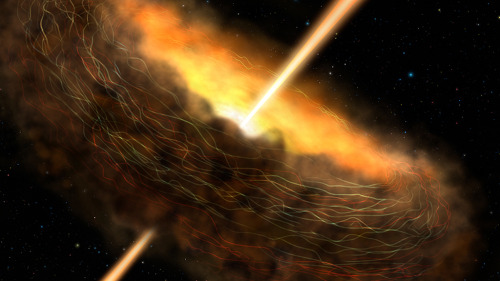
Fear not, the dark, my friend. And let the feast begin! Magnetic fields in the Cygnus A galaxy are trapping material where it is close enough to be devoured by a hungry black hole.
Somewhere Like Home

The planetary system around Epsilon Eridani, a star located about 10 light-years away, has an architecture remarkably similar to our solar system. What’s more, its central star is a younger, fainter version of our Sun.
A Quiet Place

Black holes in many galaxies are actively consuming material, but our Milky Way galaxy’s central black hole is relatively quiet. Observations show magnetic fields may be directing material around, not into, the belly of the beast.
The Great Escape

Ever wonder how material leaves a galaxy? The wind flowing from the center of the Cigar Galaxy is so strong it’s pulling a magnetic field — and the mass of 50 to 60 million Suns — with it.
Exploding Star, New Worlds

What happens when a star goes boom? It turns out that supernova explosions can produce a substantial amount of material from which planets like Earth can form.
Stellar Sibling Rivalry

They say siblings need time and space to grow, but here’s one that really needs some room. A newborn star in the Orion Nebula is clearing a bubble of space around it, preventing any new luminous family members from forming nearby.
Clues to Life’s Building Blocks

Radiation from stars is making organic molecules in nebula NGC 7023, also known as the Iris Nebula, larger and more complex. The growth of these molecules is one of the steps that could lead to the emergence of life under the right circumstances.
SOFIA is a modified Boeing 747SP aircraft that allows astronomers to study the solar system and beyond in ways that are not possible with ground-based telescopes. Find out more about the mission at www.nasa.gov/SOFIA.
Make sure to follow us on Tumblr for your regular dose of space: http://nasa.tumblr.com
Such a beautifully written episode.








Star Trek: TOS 1.28, The City on the Edge of Forever

Remembering Leonard Nimoy. 🖖
Gene was was of one of my heroes and Star Trek has had a major impact on my life, from my pursuit of science to my advocacy for social progress.

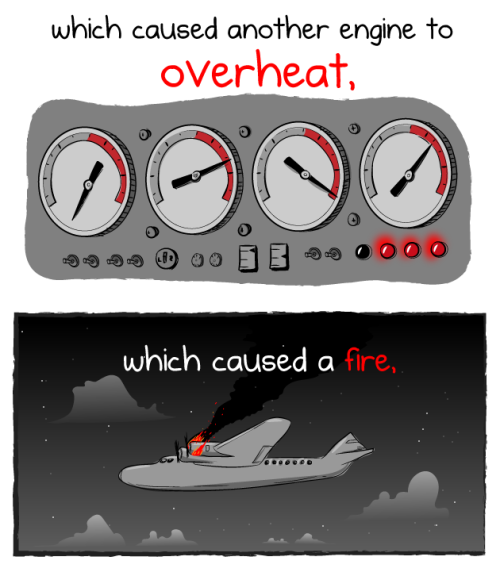
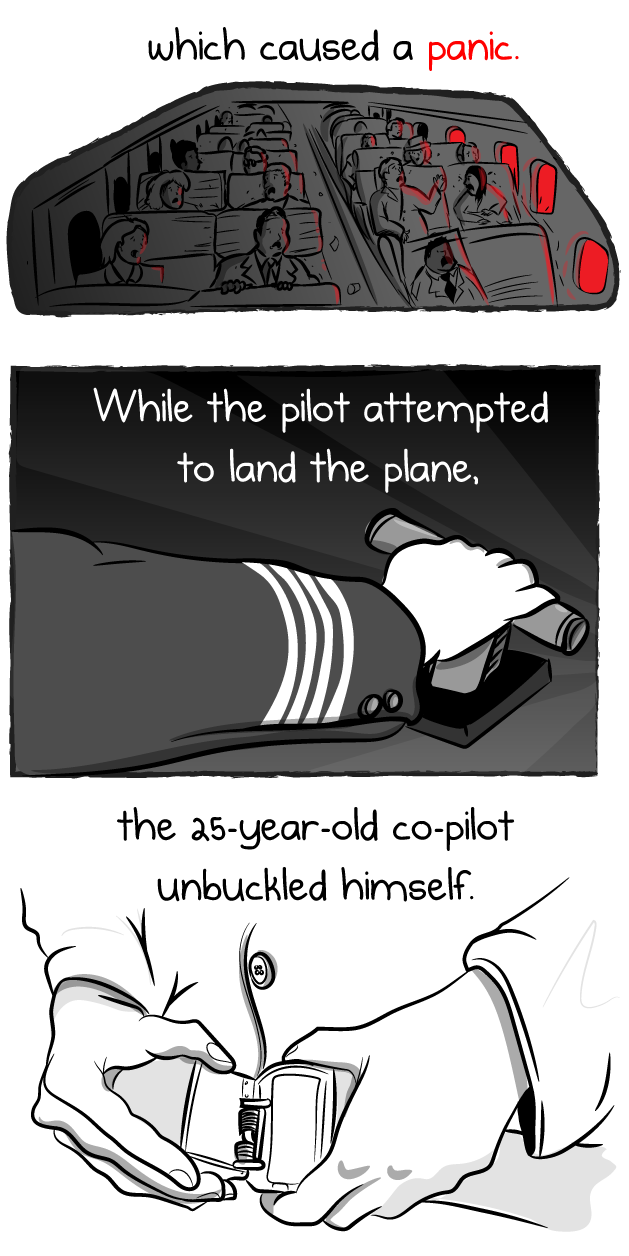

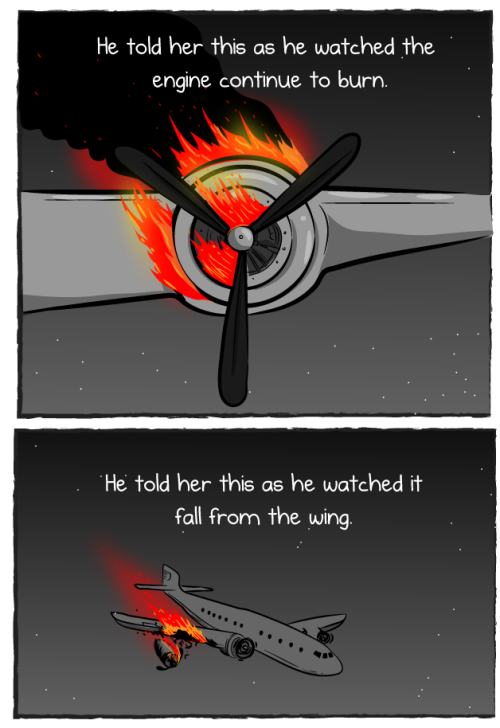
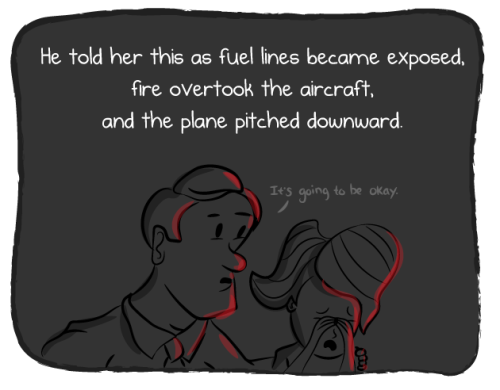
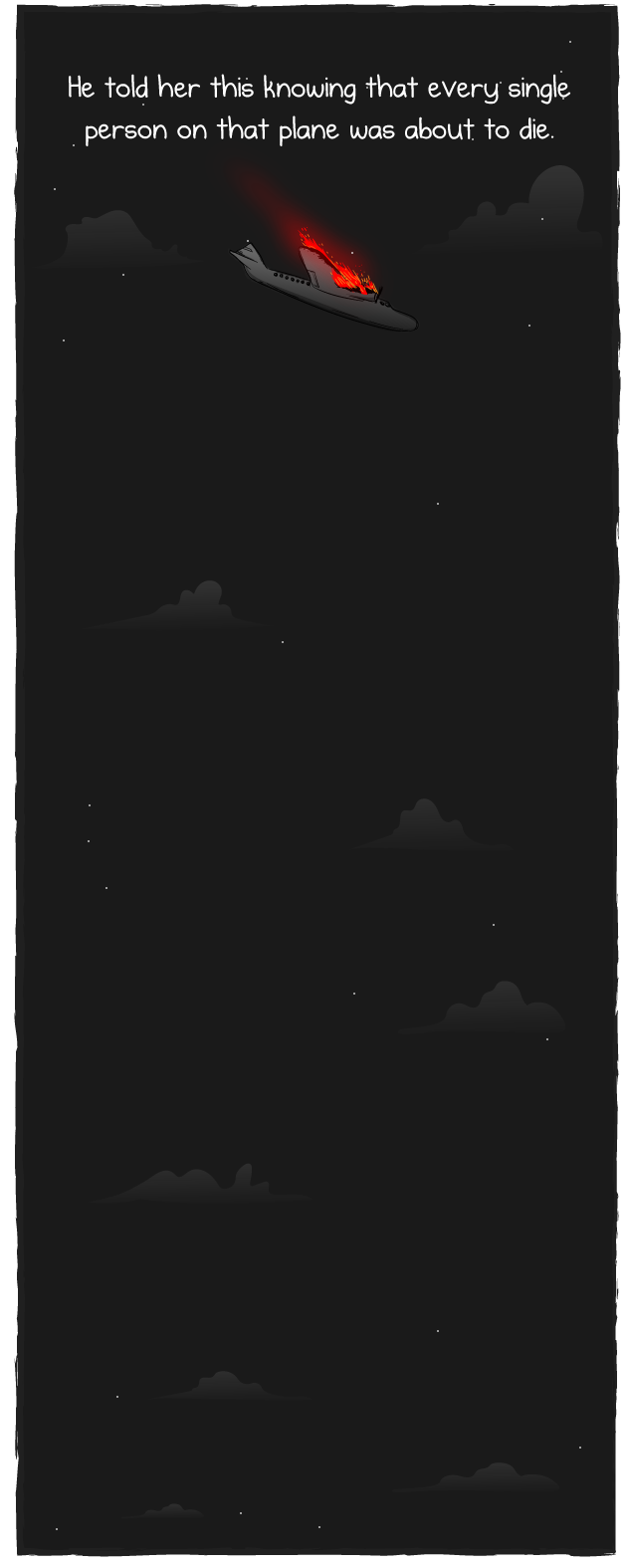


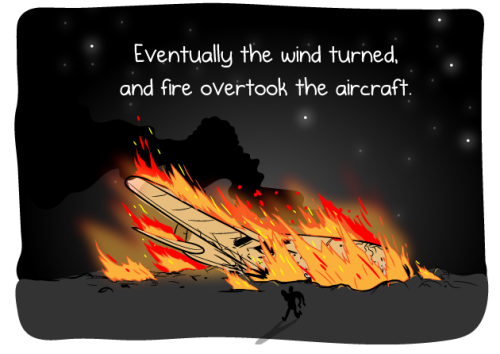








A hero in more ways than one
I really enjoyed this VR experience. I think K2 was the best part.


Cassian Andor in Secrets of the Empire x
So sad. RIP.


RIP, René Auberjonois

♥️💜🖤💙💚💛🧡
He was such a wonderful guy. Always so nice to everyone he interacted with. He was beloved by my family and will be greatly missed. ❤️

Rip Jason David Frank.


The Greatest Power Ranger to have ever lived.
-
 osakishachi reblogged this · 1 week ago
osakishachi reblogged this · 1 week ago -
 bb8-boppity-boo reblogged this · 9 months ago
bb8-boppity-boo reblogged this · 9 months ago -
 defineinterestin reblogged this · 11 months ago
defineinterestin reblogged this · 11 months ago -
 aflores98 liked this · 1 year ago
aflores98 liked this · 1 year ago -
 sheplayswithlifeee liked this · 1 year ago
sheplayswithlifeee liked this · 1 year ago -
 leiaprincessofalderaan liked this · 1 year ago
leiaprincessofalderaan liked this · 1 year ago -
 phan2187 reblogged this · 1 year ago
phan2187 reblogged this · 1 year ago -
 ebonysquib reblogged this · 1 year ago
ebonysquib reblogged this · 1 year ago -
 ebonysquib liked this · 1 year ago
ebonysquib liked this · 1 year ago -
 cityoftheangelllls reblogged this · 1 year ago
cityoftheangelllls reblogged this · 1 year ago -
 alexlifesonofficial reblogged this · 1 year ago
alexlifesonofficial reblogged this · 1 year ago -
 alexlifesonofficial liked this · 1 year ago
alexlifesonofficial liked this · 1 year ago -
 phan2187 reblogged this · 1 year ago
phan2187 reblogged this · 1 year ago -
 phan2187 liked this · 1 year ago
phan2187 liked this · 1 year ago -
 onelifelefttolive reblogged this · 2 years ago
onelifelefttolive reblogged this · 2 years ago -
 starsentsign reblogged this · 2 years ago
starsentsign reblogged this · 2 years ago -
 chanelcleeton liked this · 2 years ago
chanelcleeton liked this · 2 years ago -
 millenniumewok liked this · 2 years ago
millenniumewok liked this · 2 years ago -
 pocketsofchaos reblogged this · 2 years ago
pocketsofchaos reblogged this · 2 years ago -
 itseasyjusttolookaway reblogged this · 2 years ago
itseasyjusttolookaway reblogged this · 2 years ago -
 orionalien liked this · 2 years ago
orionalien liked this · 2 years ago -
 julietferniedo reblogged this · 2 years ago
julietferniedo reblogged this · 2 years ago -
 julietferniedo liked this · 2 years ago
julietferniedo liked this · 2 years ago -
 calkestiis reblogged this · 2 years ago
calkestiis reblogged this · 2 years ago -
 calkestiis liked this · 2 years ago
calkestiis liked this · 2 years ago -
 spacedorksinspace reblogged this · 4 years ago
spacedorksinspace reblogged this · 4 years ago -
 bensolodriver reblogged this · 4 years ago
bensolodriver reblogged this · 4 years ago -
 shipsnfeels reblogged this · 4 years ago
shipsnfeels reblogged this · 4 years ago -
 meaningsearcher reblogged this · 4 years ago
meaningsearcher reblogged this · 4 years ago -
 not-a-bot-lol liked this · 4 years ago
not-a-bot-lol liked this · 4 years ago -
 m-queen-of-space reblogged this · 4 years ago
m-queen-of-space reblogged this · 4 years ago -
 paintedposeys reblogged this · 4 years ago
paintedposeys reblogged this · 4 years ago -
 thewickedestwitch reblogged this · 5 years ago
thewickedestwitch reblogged this · 5 years ago -
 katiedora liked this · 5 years ago
katiedora liked this · 5 years ago -
 denisewolfgard reblogged this · 5 years ago
denisewolfgard reblogged this · 5 years ago -
 angel-in-a-big-blue-box reblogged this · 5 years ago
angel-in-a-big-blue-box reblogged this · 5 years ago -
 coruscantnights reblogged this · 5 years ago
coruscantnights reblogged this · 5 years ago -
 the-madwoman-in-the-attic reblogged this · 5 years ago
the-madwoman-in-the-attic reblogged this · 5 years ago -
 themysticwonder liked this · 5 years ago
themysticwonder liked this · 5 years ago -
 sombrz reblogged this · 5 years ago
sombrz reblogged this · 5 years ago -
 likeanevilpanda liked this · 5 years ago
likeanevilpanda liked this · 5 years ago -
 kipperlillycopperkettle reblogged this · 5 years ago
kipperlillycopperkettle reblogged this · 5 years ago -
 medialessons reblogged this · 5 years ago
medialessons reblogged this · 5 years ago -
 onporpoise liked this · 5 years ago
onporpoise liked this · 5 years ago -
 rockman898 liked this · 5 years ago
rockman898 liked this · 5 years ago
